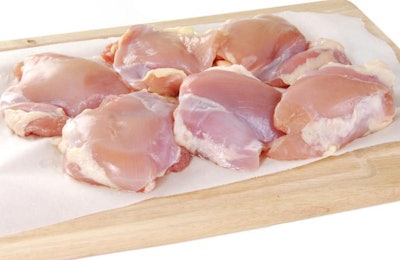
Construction of a new Claxton Poultry plant in Sylvania, Georgia, is progressing, with the new facility expected to open in May and employ as many as 120 people by the fall.
The company announced in September 2018 its plans to open a $12 million chicken deboning and packaging plant at the Screven County Industrial Park in Sylvania.
In a recent interview with WTOC, plant manager Eric Sorel said, “It’s been a long time coming and it can’t come soon enough, and we’re glad to see it getting closer to fruition.”
When the plans to build the new plant were first announced, Mikell R. Fries, president of Claxton Poultry, sad the new facility would enable the company to meet the growing needs of its current customers, and allow for future expansion as customer needs dictate.
Norman W. Fries, Sr. and Doris S. Fries founded Claxton Poultry in Savannah in 1949 with one employee and one truck. Today, Mrs. Fries as CEO and chairman oversees the company that has grown into a global food manufacturer that processes approximately 2.35 million birds per week with the assistance of its 1800 employees, 250 contract grower families and a fleet of more than 140 vehicles, according to a press release. Claxton Poultry products are available both domestically and internationally, supplying a customer base that includes small, mom and pop locations as well as nationally recognized names such as Chick-fil-A, Walmart, Popeye’s, KFC, Zaxby’s, Bojangles’ and a number of others.
Claxton Poultry is the 18th largest broiler company in the United States, according to the WATT PoultryUSA Top Companies survey. It produced 9.04 million pounds of ready-to-cook chicken on a weekly basis in 2018. Claxton Poultry, which also operates two hatcheries and one feed mill, switched 100 percent of its production to no antibiotics ever (NAE) in 2017.

















